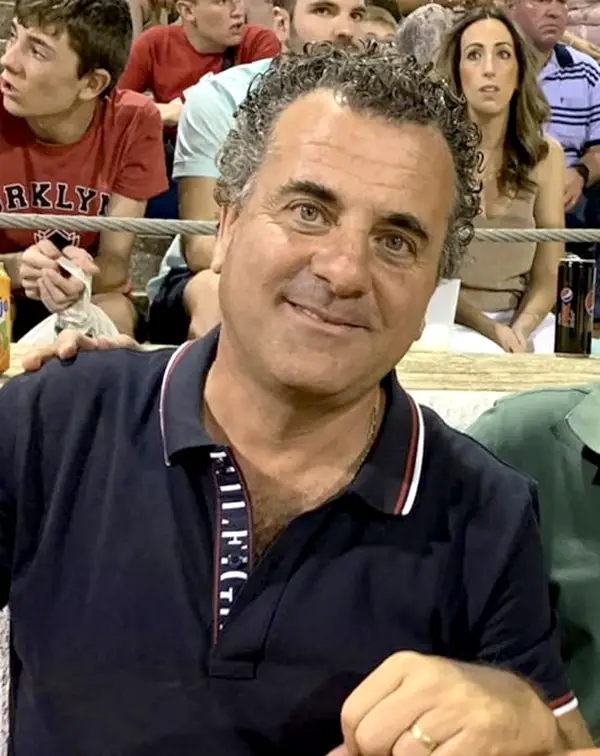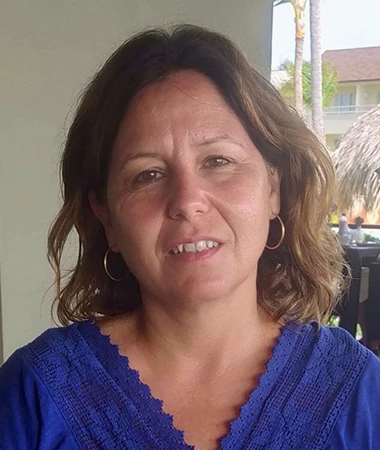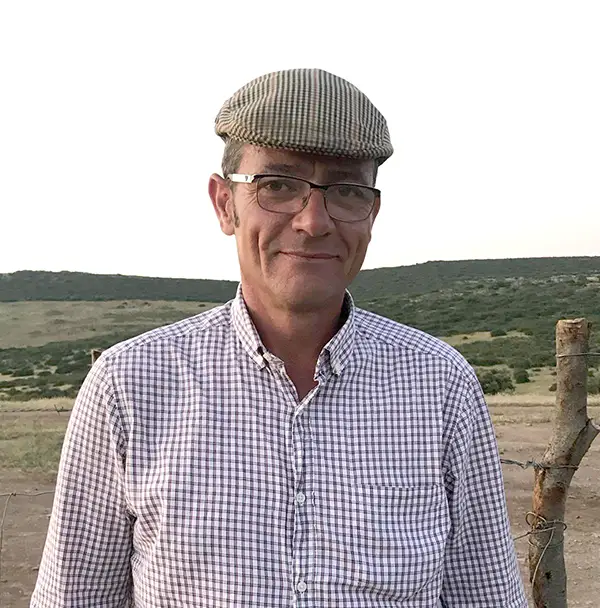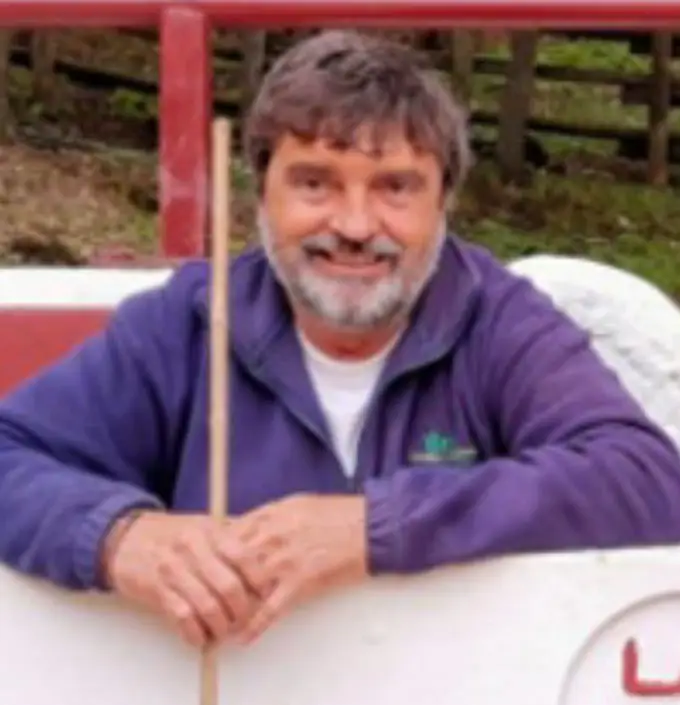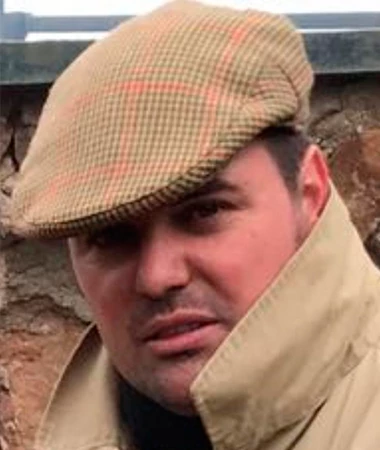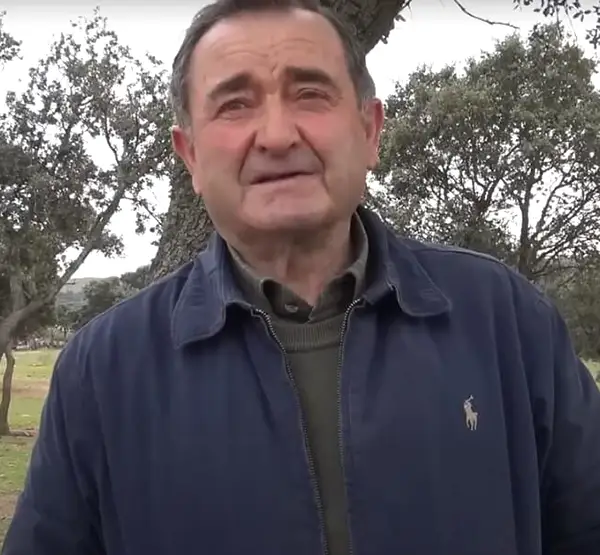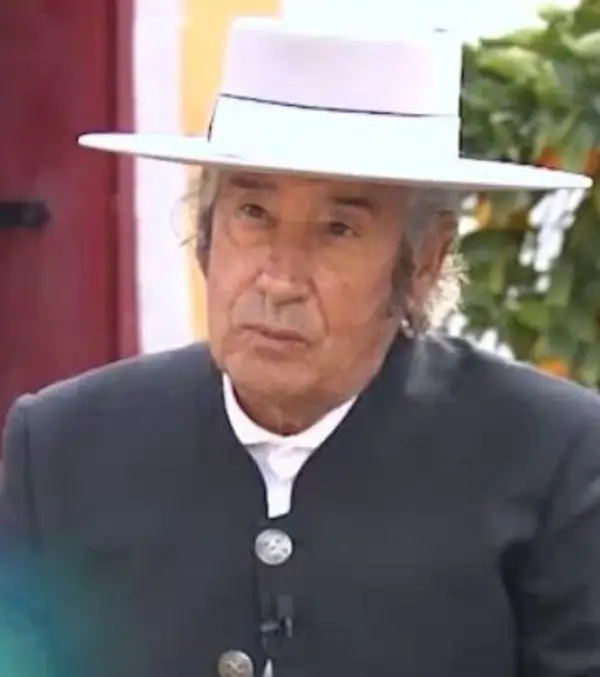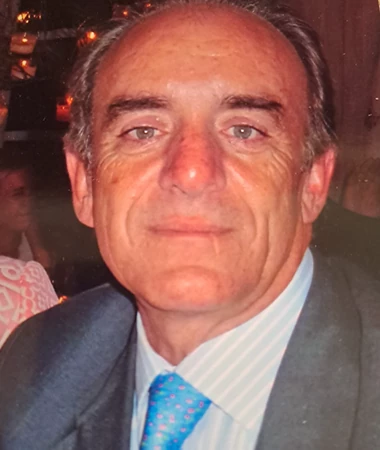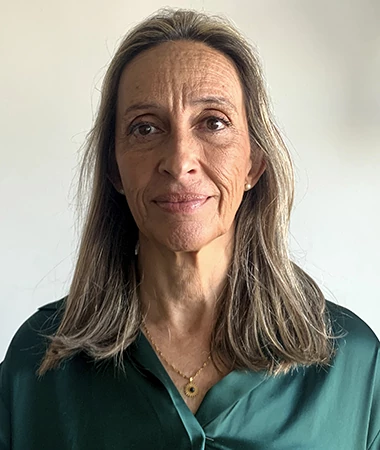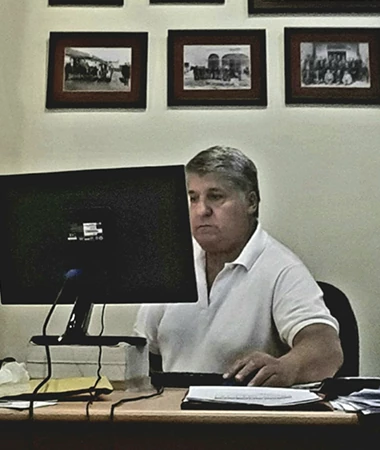- 914295625
- ada@asociacionlidia.com
The “Asociación de Ganaderías de Lidia” (AGL) – (Fighting Bull Breeders Association) founded in 1951, is one of the main entities in charge of representing over 30% of the fighting bull livestock breeders located in Spain, France and Portugal, with currently more than 350 registered ranches.
Among its main aims are:
Since 1991, this Association has been officially recognized by the Ministry of Agriculture for the keeping of the Fighting Bovine Breed Family Tree, Order of 4 June 1991.
On 25 July 2012, the current version of our statutes was deposited in the Registry of the Ministry of Employment and Social Security (D.G. of Employment), which partly modifies the previous ones, and by which the activity of this Association is governed.
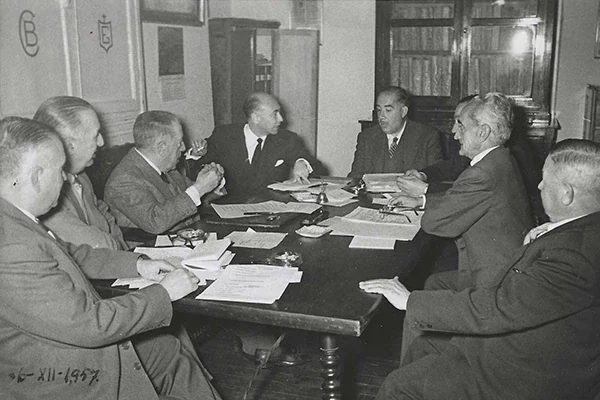
It could be considered that the first bull breeding farms were created at the end of the 17th century, coinciding with the evolution of bull throwing in public squares to what would be the seed of our current “Fiesta de Toros” (Bullfighting). It is true that the associative character of the bravo ranchers was conspicuous by its absence in the first centuries of activity, only at the beginning of the 20th century the first steps were taken in Andalusia and then in the rest of Spain, but in any case it was neither the majority nor was there any continuity over time.
The advent of the Second Spanish Republic in 1931 and the subsequent Civil War meant difficult times for the countryside, which logically had repercussions for the bull farmers. In the conception of the new Spanish State, which emerged after the war, all activities had to be necessarily integrated in the vertical and unique trade unionism for each business activity. In this way, all bullfighting farmers were obliged to join a trade union in order to be able to carry out livestock farming activities. In such a way, two large groups or breeders associations appeared, on the one hand what today is the “Real Unión de Criadores de Toros de Lidia” and on the other hand, from 1951, what today is the “Asociación de Ganaderías de Lidia” (Fighting Bull Breeders Association).
The “1962 Bullfighting Spectacles Regulations”, which governed our “Fiesta” for so many years, makes it very clear in its article 89 the equal rights of all bull ranchers to deal with all kinds of bullfighting celebrations “corridas”, “novilladas”, etc. Proof of this is that our Association belonged, with full rights and since its creation by Ministerial Order of the Presidency of the Government on 11th December 1968, to the Registry of the Birth Registry of Lidia Cattle, the only Official Body in this sector until the creation of the Fighting Bovine Breed Family Tree in the nineties. With the arrival of freedom of association and trade unionism in 1977, the Breeders’ Union and the Lidia Livestock Association became professional organizations under the new legislation, with the Association being registered on 26th October and the Unión on 3rd November of the same year, 1977, respectively.
In the State’s Official Bulletin of 21 March 1990, no. 69, the Order of 12 March was published, approving the Specific Regulations of the Fighting Bovine Breed Family Tree, as a basic instrument for its better defence, conservation and selection. The Order of 4th June 1991 officially recognizes our Association, being the first of the four associations that existed at that time, for the maintenance of the Family Tree Book (Volume A), and in its sole article it states: “The National Association of Fighting Bull Breeders, at National level, is officially recognized for the purposes of the provisions of Royal Decree 420/1987, of 20th February, on the selection and reproduction of pure-bred cattle”
In these more than seventy years of long pilgrimage, its National Presidents have been Mr Enrique García González, since 1952; Mr José María Gamazo y García de los Ríos since 1954; in 1966 Mr Jesús Esperabé de Arteaga y González succeeded him; in 1978 Mr José María Gamazo y Manglano held the Presidency until 1994, when Mr Antonio Navarro Velasco was appointed and at the end of his mandate, in 1998 Mr Eduardo Martín-Peñato Alonso took over the Presidency. In 2011, Mr Ricardo Sánchez García was appointed. In 2013 Mr. Víctor M. Huertas Vega became President and in 2021 our current President, Ms. María Jesús Gualda Bueno, succeeded him.
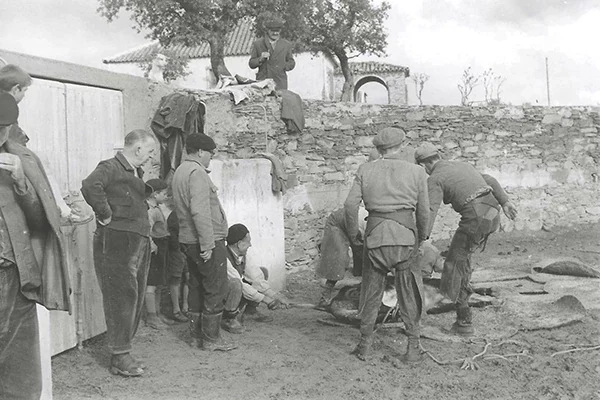
FIGHTING BULL BREEDINGS ASSOCIATION
ORGANIZATION OF NATIONAL AND INTERNATIONAL SCOPE, WHICH IS STRUCTURED AS ESTABLISHED IN ITS STATUTES, BY MEANS OF THE FOLLOWING TERRITORIAL DIVISION:
With head office in Madrid, it includes the communities of Aragón, Balearic Islands, Castilla-La Mancha, Catalonia, La Rioja, Community of Madrid, Navarra, Basque Country, Valencia Community and States of the European Union.
Headed in Salamanca, it covers the communities of Castilla y León, Cantabria, Asturias and Galicia.
Headed in Seville, it covers the communities of Andalusia, Extremadura, Murcia and the Canary Islands.
Composed of 6 breeders, 2 from each of the 3 territorial zones.
Composed of 5 breeders located in each of them
Fighting Bull Breeders Association

